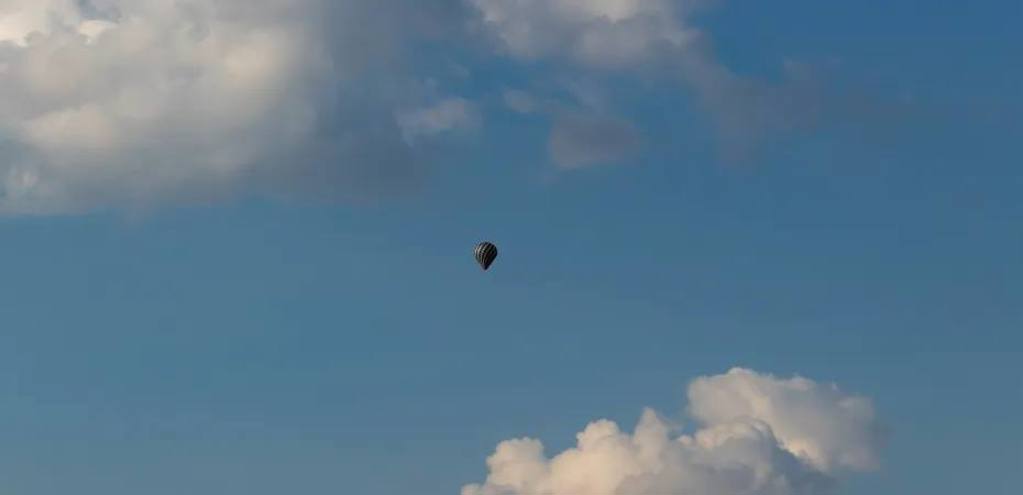Tensions are continuing to rise between the U.S. and China after the former shot down a suspected spy balloon flying through its airspace, which has since been followed by multiple more.
The balloon was first spotted by the public over Montana on Feb. 1. The following day, the Pentagon publicly revealed that the balloon had been flying over American land for several days.
After a reported second balloon sighting above Latin America—since confirmed to have also been owned by China—pressure mounted on President Biden to take action.
The U.S. government shot down the original balloon with a missile fired by an F-22 fighter plane on Feb. 4.
Since the U.S. downed the balloon, the Chinese government has voiced its disdain for the military action taken against the aircraft—despite claiming that the balloon was a “civilian airship” being used for scientific research (such as meteorology). The following days have seen tensions between the countries continue to rise.
On Feb. 6, Washington accused China of using the aircraft to gather surveillance. The Chinese government continued to assert that the balloon was intended for scientific purposes, and that it had unexpectedly veered off-course into American airspace.
It was soon revealed that China had declined a proposal for a phone call between the countries’ respective top defence officials, stating that Washington had not “created the proper atmosphere for dialogue.” The Chinese government has maintained that the U.S’s response to the situation has been manipulated and overblown, and that shooting down the balloon was “irresponsible.”
Tan Kefei, a spokesperson for the Chinese government, has warned that China “reserves the right to use necessary means to deal with similar situations.”
The Pentagon has stated that the proposed phone call was an attempt to decrease tensions and “responsibly manage the relationship” between the countries. They expressed disappointment towards China for their unwillingness to talk, and affirmed that they remain committed to “open lines of communication.”
Earlier to its arrival above the U.S. mainland, the balloon had flown above parts of Canada, leading many to question why the Canadian government had not taken action to down the aircraft. Anita Anand, Canada’s Minister of National Defence, responded to critics by stating that the Canadian government had been closely monitoring the balloon in cooperation with the U.S., but did not shoot it down because it “posed no imminent risk to Canadians at all.”
On Feb. 10, a second high-altitude object was shot down over Alaska. The object, described as being the size of a small car, posed a “reasonable threat” to civilian aircraft, according to National Security Council spokesperson John Kirby. He did not elaborate on whether the object was another balloon, or who the object belonged to.
Similar to the first incident, the U.S. government has stated that the Chinese government has been closed-off to discussion regarding the incident.
On Feb. 11, a third airborne object was shot down by the U.S. military. The object was destroyed over central Yukon, and while no confirmation has been provided as to whether the object originated from China, it is another example in a string of incidents that have left Western governments on high alert.
While many questions regarding the aircrafts entering North American airspace have yet to be answered, one certainty remains: as attempts for communication fall through and additional sightings are being reported, the tensions between the U.S. and China are continuing to balloon.

